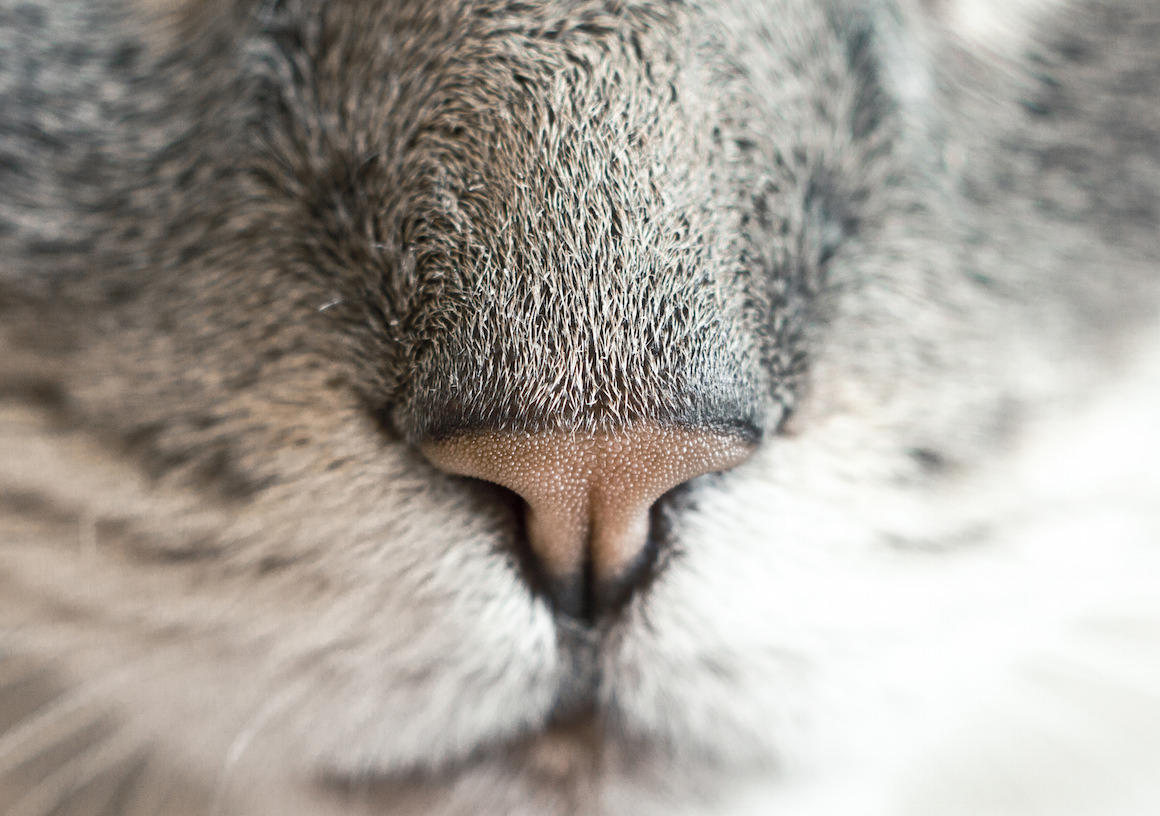Slow down and notice
Have you ever contemplated the wonder of your breath? Have you slowed down to notice the soothing rhythm of your inhale and exhale? What about paying attention to the subtle sensation of your breath as it enters and leaves your nostrils?
While breathing is an essential part of keeping us alive by delivering oxygen to the cells in the body and removing carbon dioxide, consciously examining our breath is not something that most of us do every day, but perhaps we should. And it’s free!
When we’re feeling anxious or stressed our breathing is shallow
Shallow breathing is where the breath is concentrated in the upper part of the chest, which is inefficient for absorption of oxygen and causes low emission of carbon dioxide. This has a negative effect on the body by sending a distress signal to the autonomic nervous system (associated with the fight or flight response). When perpetual stress and shallow breathing occurs, the heart starts beating faster, body temperature will fluctuate and the body can eventually spiral into a state of panic.
With inquiry and practice we have the ability to cultivate a deep and even flow of breath, which promotes a healthy exchange of gases and sends a signal to the body to relax.
Deep breathing allows us to ward off a potential state of panic before it balloons out of control. If you feel your breath is shallow, pause and take a slow, deep inhalation then an equal or longer exhalation. Just a few cycles of this can instantly change your mood.
Expand your life force energy
Prana ~ life force or vital energy is an integral part of yoga. ‘Pra’ means first and ‘na’ is the most basic unit of energy therefore pranayama is to expand your life force energy with control. As my teacher Yogrishi Vishvketu has said, ‘we perform asana and stretching in order to create space for prana to flow.’
When practiced regularly with asana and meditation, pranayama has numerous positive physiological and emotional benefits, such as enhancing the overall health and function of your organs, improved circulation and better mental health, as it helps to calm the fluctuations of the mind. There are entire books dedicated to the subject so I will only begin to scratch the surface here.
Pranayama techniques are varied but can be loosely grouped into 5 types and help to balance energy in the body when practiced with care:
- grounding or calming (ujjai pranayama, bhramaree pranayama)
- energizing or heating (agni prasara)
- cooling (sitali breath)
- expanding (full yogic breath, abdominal breathing)
- detoxifying (bhastrika pranayama, kapalabhati kriya)
There are some factors to consider for the conditions of pranayama practice yet it doesn’t have to be complicated.
Respect yourself and your limits.
If you are new to the practice you may want to seek out an experienced teacher who can guide you. Beginners should start with simple pranayamas with few rounds and build up gradually over time. The rate of increasing the practice may depend on age, gender, lifestyle, and health.
Understand that your body is different from day to day and maintaining balance is key – too much pranayama practice without sufficiently grounding with diet, movement and meditation could leave you feeling imbalanced and aggravated instead of calm and relaxed. Remember it’s about creating space to allow the life force energy to flow evenly.
Over time a mindful practice helps us to better understand ourselves, to become more conscious or aware of our behaviours, reactions and experiences in this world, which in turn helps us to better serve each other and humanity.
Want to learn more? Check out Life Reboot book to learn more how yoga and meditation can change your life.
Originally published at https://sarahwallwriter.com/


